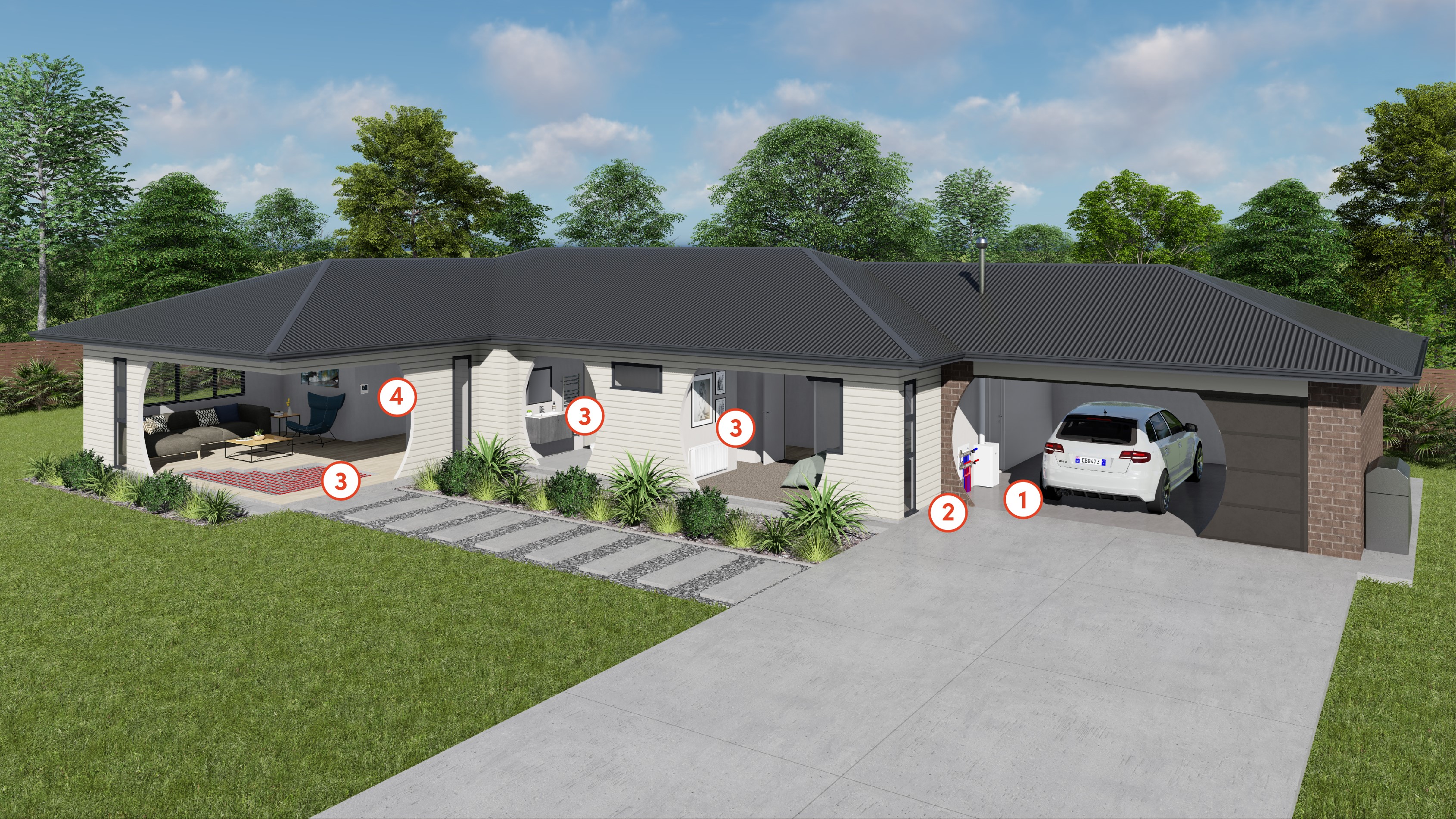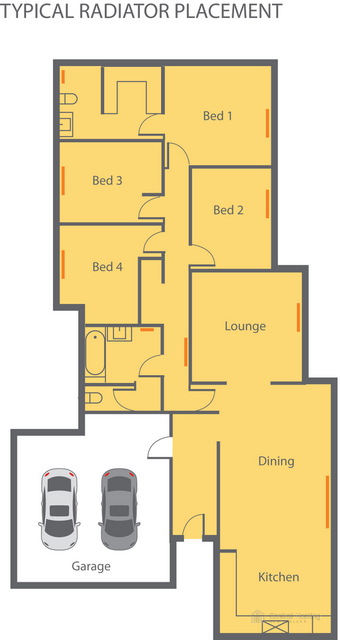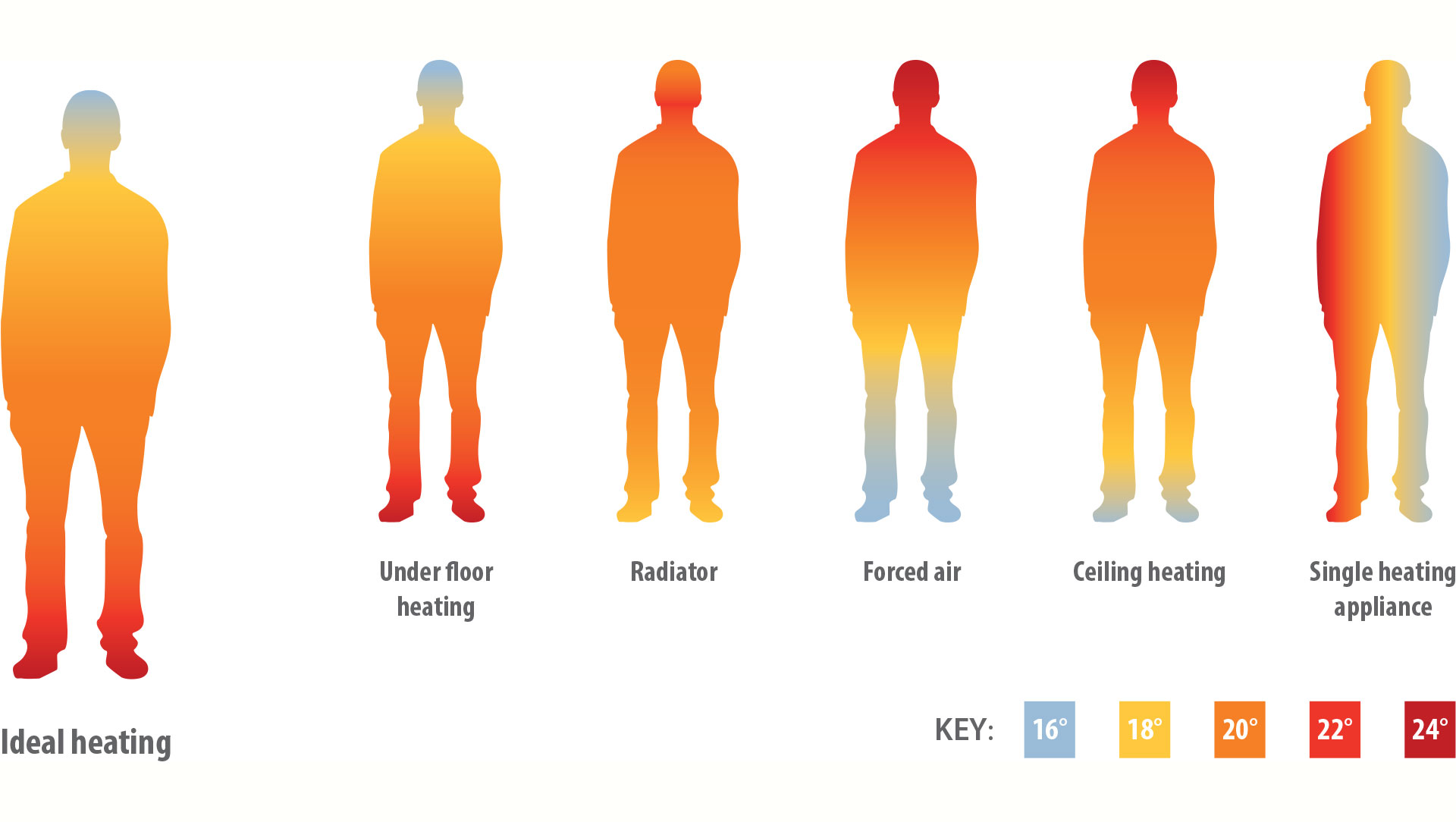When it comes to heating your home, nothing beats the comfort and efficiency of central heating.
Imagine a home with the same consistent temperature in every room – no more running from the hot living room through an icy hallway to get under the covers in the middle of winter! That's the beauty of central heating.
We supply, install and service the two main types of central heating: ducted warm air and radiant hydronic (warm water) systems. For more information on ducted warm air systems, check out our Brivis Central Heating page.
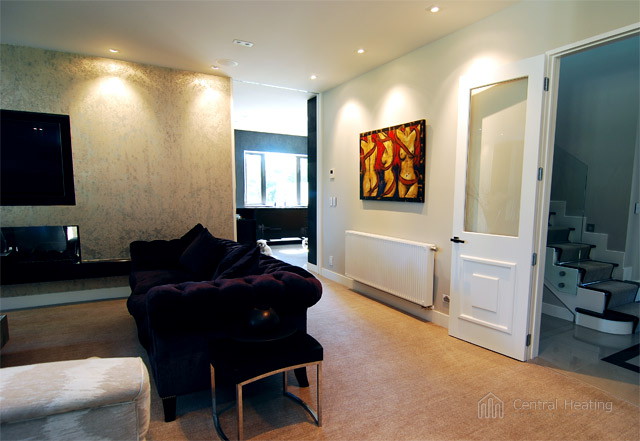
Why choose radiant central heating?
Safe & Healthy
Radiant systems are safe for children, elderly and pets, are a great heating option for asthma sufferers and reduce damp and cold spots.
Responsive
Radiators have the ability to heat up quickly and cool down just as fast.
Controllable
At the touch of a button you can control the temperature of your home, and thermostats allow you to adjust the temperature room by room.
Stylish
Your radiators can blend in or stand out with the help of a variety of shapes, styles and colours available. Underfloor systems are completely invisible!
Quiet
Unlike air conditioning units with noisy fans, radiators and underfloor systems are almost silent, helping you relax in your cozy home.
Affordable
You can heat your entire home with a single powerful heat source for around the same running cost as heating only two rooms with traditional heaters.
Which radiant central heating system is right for you?
There are two main types of radiant central heating: wall-mounted radiators and underfloor. As a general rule of thumb, radiators are fitted into both new and existing homes whereas underfloor heating is more cost effective in new builds.
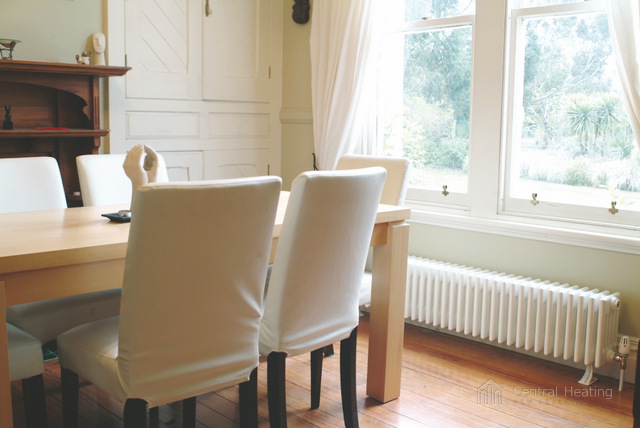
Radiators - New and Existing Homes
Radiators heat up and cool down quickly, so are perfectly suited to New Zealand’s changeable weather conditions. Radiator systems are easy to retrofit into existing homes or include into your new build. They can be combined with underfloor systems to improve heat distribution in multi-storey homes.
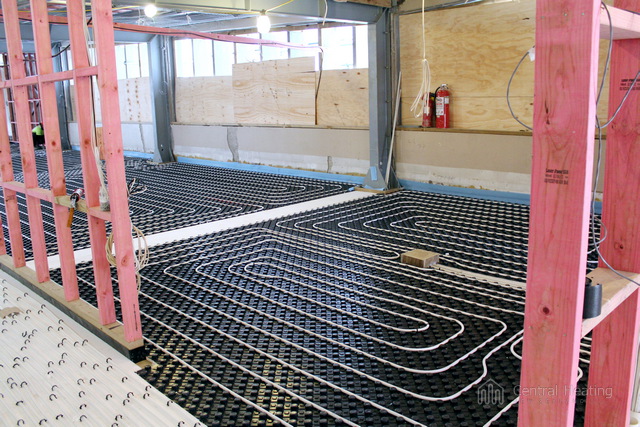
Underfloor - Suits New Homes
Underfloor heating is the most luxurious form of heating as the radiant heat is evenly distributed throughout your home. Underfloor heating eliminates cold spots allowing you to make full use of your home during the winter months. No more hunkering down in one room or watching TV under a blanket.
How does it work?
Radiant central heating gives you full control over the temperature of your home and each room with a single, powerful heat source. Warm water flows through a closed network of pipes, releasing the heat through the 'emitters' (underfloor, radiators and towel rails) around the home and returning to the heat source to be warmed up again.
Keen to learn more?
Talk to us today or visit the Central Heating New Zealand website to learn more about radiant central heating and see if it's the right choice for your home.
Central Heating New Zealand have an excellent online cost estimator that will help give you a rough idea of the cost of installing radiant central heating in your home.
Feel free to request an estimate from us. We'll be more than happy to discuss your requirements and come up with a package that meets your needs.

